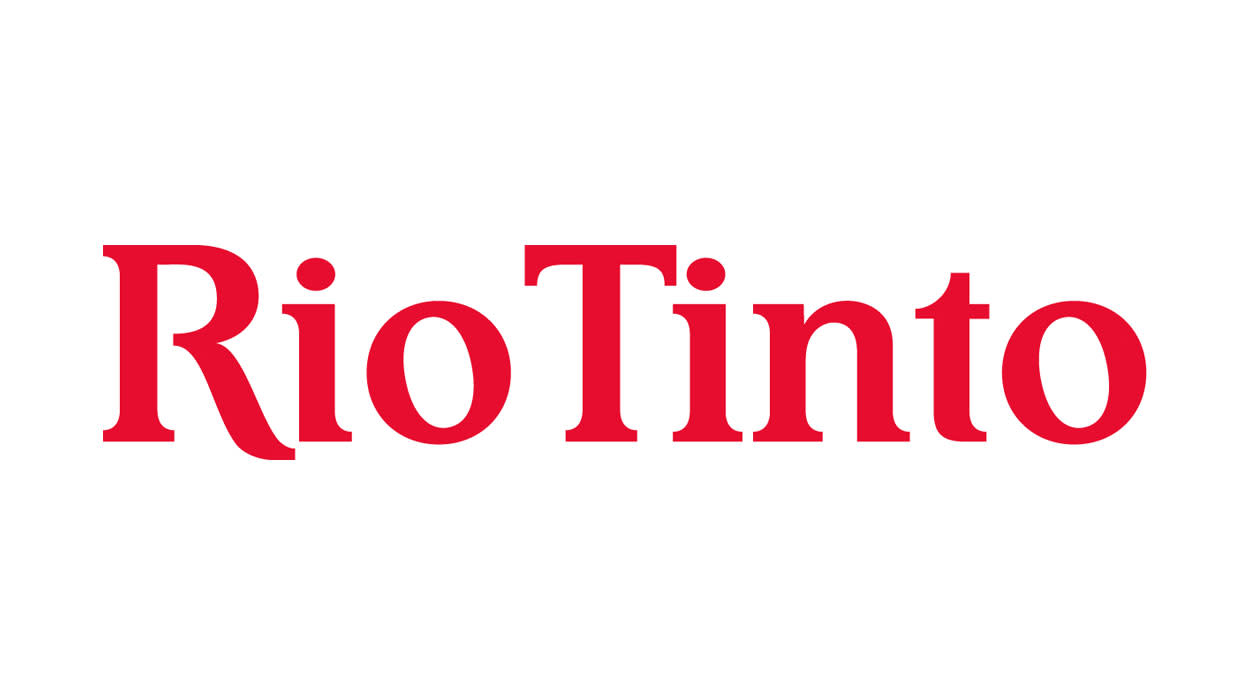Rio Tinto’s CEO Jakob Stausholm will leave the Group later this year, at the conclusion of a succession process.
The announcement credited him with resetting “Rio Tinto's strategy to align the group to the opportunities of the energy transition and shaped a pathway to a decade of profitable growth.”
The shares were flat in early trading.
Our view
News that CEO Jakob Stausholm is quitting Rio Tinto came with a pat on the back for his efforts in pivoting the group towards future-facing commodities.
But iron ore is still the main performance driver - accounting for 70% of underlying cash profit over 2024, and here pricing remains weak. Question marks remain around the demand picture from China, the world's largest consumer of iron ore, as tariffs threaten the country’s manufacturing base. Things don’t look quite as pessimistic as they did in the weeks immediately following Donald Trump’s ‘Liberation Day’ but the situation remains unpredictable.
Despite a rebase in prices, one of Rio's main attractions remains very much intact. Its flagship Pilbara iron ore business is the group's cash cow. It's not immune to inflation though and costs have been rising, but we're starting to see the pressure ease.
The biggest new project eating the bulk of the planned $3bn annual growth investment is in iron ore, with the Simandou project in Guinea. It’s one of the world’s largest untapped reserves of high-grade iron ore and the only real large-scale driver of new global supply set to come online in the foreseeable future.
Rio recently took advantage of weakness in the lithium market to snap up a set of major assets, and propel its lithium operation to the next level. This is all part of the strategy to build more exposure in areas needed for the energy transition, with aluminium and copper the two other materials in focus.
Copper is becoming a more important part of the story, with the ramp up of operations in Mongolia expected to be a key contributor to production growth again next year.
That level of spend is propped up by a resolute balance sheet, which gives options. But there’s unlikely to be much excess capital to return to shareholders over and above the standard 40-60% payout. Nothing is guaranteed.
All in, Rio looks relatively attractive. The iron ore portfolio has room to grow with the Simandou project, and Rio is well placed to benefit from demand for decarbonising metals like copper, lithium and aluminium. But until a new CEO is found, there will be some uncertainty around the future strategy, which could drag on investor sentiment.
Environmental, social and governance (ESG) risk
Mining companies tend to come with relatively high ESG risk. Emissions, effluences and waste, and community relations are key risk drivers in this sector. Carbon emissions, resource use, health and safety and bribery, and corruption are also contributors to ESG risk.
According to Sustainalytics, Rio Tinto's management of material ESG issues is strong.
There are comprehensive policies and strong management programmes that address material ESG issues and it has adopted a 2050 net zero climate change target for Scope 1 & 2 emissions across operations. But in recent half-year results, management warned its interim target of a 15% reduction by 2025 would not be met without the use of carbon offsets.
Rio Tinto key facts
All ratios are sourced from LSEG Datastream, based on previous day’s closing values. Please remember yields are variable and not a reliable indicator of future income. Keep in mind key figures shouldn’t be looked at on their own – it’s important to understand the big picture.
This article is not advice or a recommendation to buy, sell or hold any investment.No view is given on the present or future value or price of any investment, and investors should form their own view on any proposed investment.This article has not been prepared in accordance with legal requirements designed to promote the independence of investment research and is considered a marketing communication.Non - independent research is not subject to FCA rules prohibiting dealing ahead of research, however HL has put controls in place(including dealing restrictions, physical and information barriers) to manage potential conflicts of interest presented by such dealing.Please see our full non - independent research disclosure for more information.


